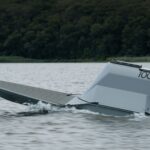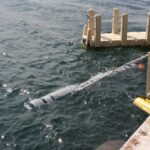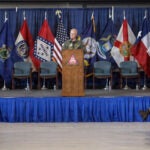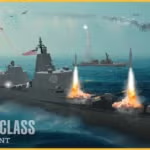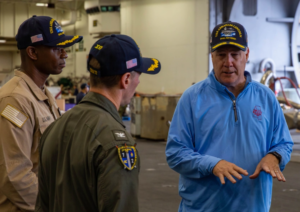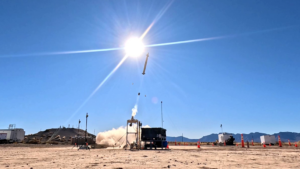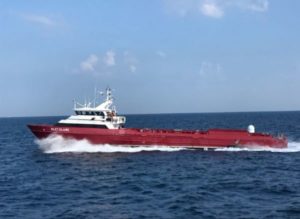
The Navy and Marine Corps released the unclassified version of a new framework strategy to develop capabilities that can work across various unmanned platforms. The new plan, called the “Unmanned Campaign Framework,” argues the Navy Department needs to use unmanned systems to maintain the U.S. military’s competitive advantage and “move toward a capability-centric proactive environment able to incorporate unmanned systems at the speed of technology, to provide maximum agility to the future force.” Therefore, the plan "articulates the strategy, provides…

 By
By 